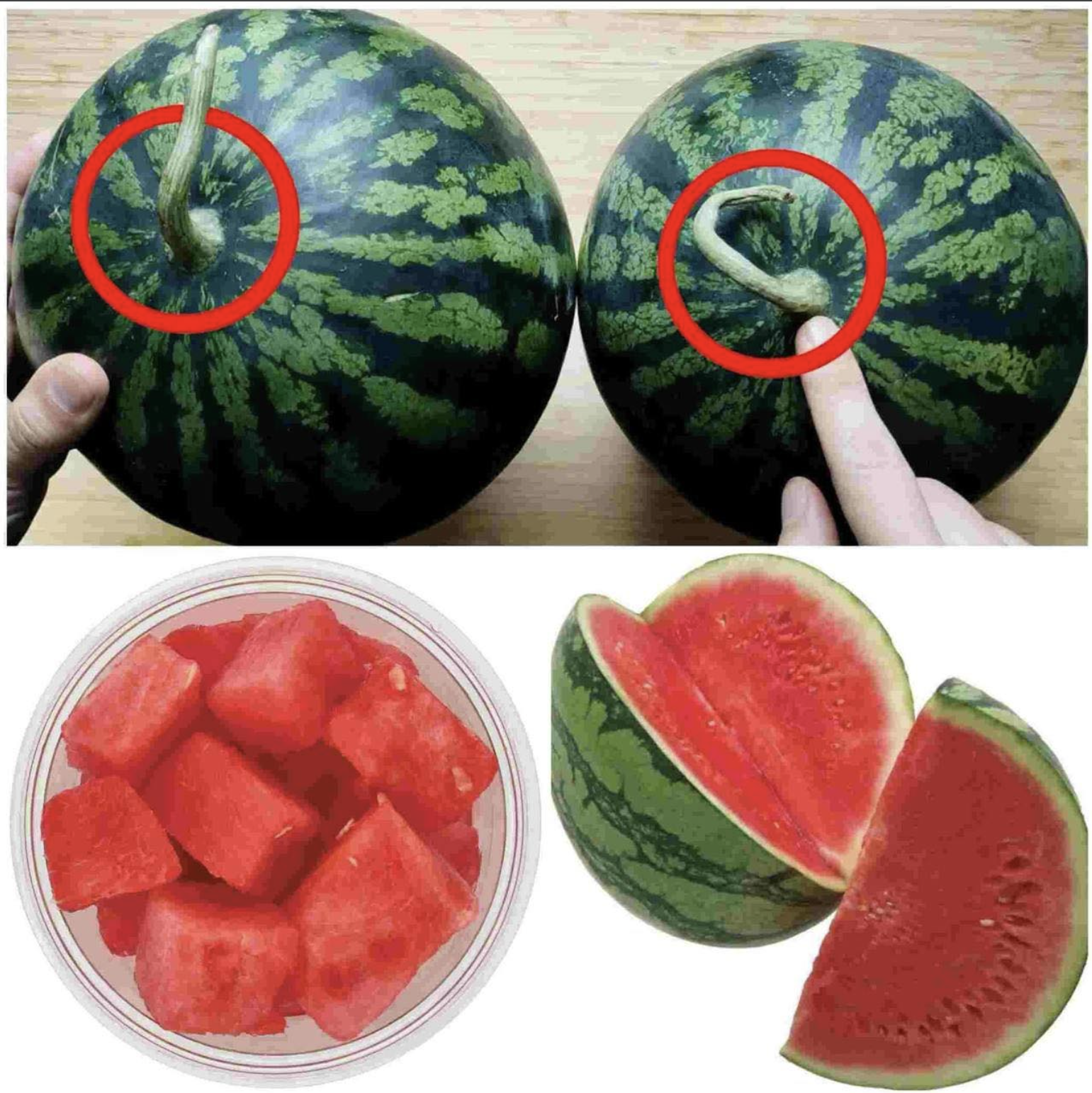Unlocking the Secrets to the Perfect Watermelon
Watermelon is more than just a summer treat; it’s a powerhouse of hydration and nutrients, packed with vitamins and fiber. But to reap these benefits, you need to start with a watermelon that’s truly exceptional. This guide will show you how to select a melon bursting with sweetness and flavor.
Why Choosing the Right Watermelon Matters
A perfectly ripe watermelon offers a superior taste and texture, far surpassing its underripe or overripe counterparts. The difference is remarkable – a juicy, sweet explosion versus a dry, mealy disappointment. Beyond taste, choosing a ripe watermelon ensures you’re getting the maximum nutritional value. Underripe melons lack the full complement of vitamins and antioxidants, while overripe ones may be starting to spoil.
The Art of Watermelon Selection: A Step-by-Step Guide
1. Assess the Shape
Begin by observing the watermelon’s overall shape. While round or oblong are both acceptable, look for symmetry. Avoid melons with lumps, dents, or unusual bulges, as these often indicate uneven growth, potentially affecting the interior quality and sweetness.
2. Examine the Field Spot
Flip the melon over and scrutinize the field spot – the yellowish patch where the watermelon rested on the ground. This is a crucial indicator of ripeness. A deep, creamy yellow field spot suggests a prolonged ripening period on the vine, resulting in enhanced sweetness. A pale or white field spot indicates premature harvesting.
3. The Skin Tells a Story
Shiny watermelons might seem appealing, but this often signifies underripeness. Opt for a watermelon with dull, matte skin. Additionally, the rind should be firm and resilient, offering slight resistance to pressure. Avoid soft or easily yielding rinds, as these signal overripeness or spoilage.
4. Master the Tap Test
Gently tap the watermelon like you’re knocking on a door. A ripe watermelon will produce a deep, resonant, hollow sound. A dull or flat sound suggests the melon is either underripe or overripe.
5. Heft It: Weight Matters
A ripe watermelon will feel surprisingly heavy for its size. The increased weight is due to its high water content, a key indicator of juiciness and ripeness. If a melon feels unusually light, it’s likely underripe or dry.
6. Sugar Speckles and Webbing: Signs of Sweetness
Look for small, dark brown sugar speckles and light tan or white webbing on the rind. These marks indicate successful pollination, often correlating with increased sweetness and flavor. Don’t be fooled – these aren’t blemishes; they’re positive indicators!
7. Inspect the Stem (If Present)
If the stem is still attached, a dry, brown stem signifies that the watermelon matured naturally on the vine. A green stem suggests premature harvesting.
A Quick Checklist for Watermelon Perfection
Essentials:
- Symmetrical shape
- Creamy yellow field spot
- Dull, matte skin
- Deep, hollow sound when tapped
- Feels heavier than it looks
- Sugar spots and webbing (a plus)
- Dry, brown stem (if visible)
What to Avoid:
- Pale or white field spots
- Shiny, slick skin
- Soft or spongy rind
- Uneven, lumpy shape
- Cracks, dents, or bruises
- Sour smell near the stem or bottom
Conclusion: Enjoy the Sweet Rewards
Choosing the perfect watermelon is now within your grasp. By paying attention to these simple cues, you can consistently select melons bursting with flavor, making every summer snack a delicious success.
